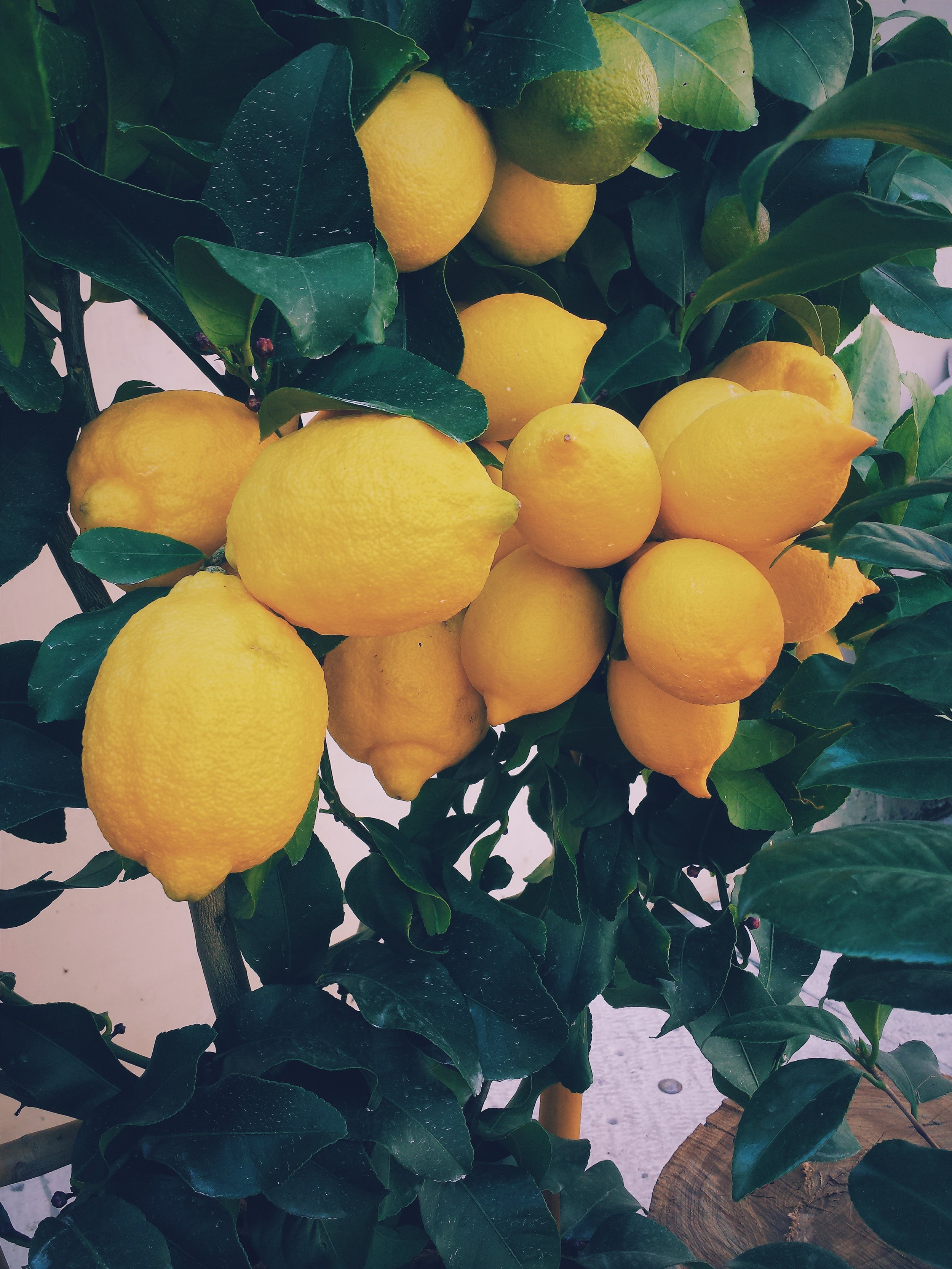A Guide to Growing Citrus in Your Home
Image via pxHere - CC0 Public Domain
Imagine the delightful aroma of fresh citrus wafting through your home, the taste of homegrown lemons, limes, or oranges brightening up your recipes. Growing indoor citrus trees is a rewarding and surprisingly accessible venture that allows you to enjoy the flavors and fragrances of these sun-kissed fruits year-round. In this blog post, we'll explore the steps and considerations for successfully cultivating indoor citrus trees, transforming your living space into a citrus haven.
Selecting the Right Citrus Variety:
When embarking on indoor citrus cultivation, it's crucial to choose the right variety. Some popular choices for indoor growing include:
Dwarf Lemon Trees: Varieties like 'Improved Meyer' or 'Ponderosa' are well-suited for indoor cultivation, offering fragrant blooms and juicy, flavorful lemons.
Dwarf Lime Trees: Compact lime varieties like 'Key Lime' or 'Bearss' adapt well to indoor conditions, providing a steady supply of zesty limes.
Dwarf Orange Trees: Consider varieties such as 'Calamondin' or 'Trovita' for small, sweet oranges that thrive in containers.
Caring for Indoor Citrus
1. Selecting the Right Container:
Choose a container with good drainage to prevent overwatering. Citrus trees prefer slightly acidic soil, so opt for a well-draining potting mix designed for citrus or tropical plants. Ensure that the container is large enough to accommodate the tree's roots as it grows.
2. Providing Adequate Light:
Citrus trees are sun-loving plants, so it's essential to place them in a location that receives plenty of sunlight. A south-facing window is ideal for providing the necessary light. If natural light is limited, consider supplementing with a grow light to ensure your citrus tree gets the recommended 8-12 hours of light per day.
3. Watering and Humidity:
Citrus trees prefer consistently moist but not waterlogged soil. Water the tree when the top inch of the soil feels dry. Use a humidity tray or occasionally mist the leaves to create a humid environment, as indoor air can be dry, especially during winter when heating systems are running.
4. Temperature Considerations:
Citrus trees thrive in temperatures between 55°F and 85°F (13°C to 29°C). Protect them from drafts and avoid placing them near heating vents or radiators. If possible, provide a cooler period in winter by moving the tree to a slightly cooler room.
5. Fertilizing Routine:
Citrus trees are heavy feeders, especially when actively growing. Use a balanced, water-soluble fertilizer formulated for citrus plants. During the growing season (spring and summer), fertilize every 2-4 weeks. Reduce or stop fertilizing in the fall and winter when the tree is less active.
6. Pruning for Shape and Health:
Regular pruning helps maintain the desired shape, removes dead or damaged branches, and encourages air circulation. Prune in late winter or early spring before the growing season begins.
7. Pest Management:
Keep an eye out for common indoor pests like aphids, spider mites, and scale insects. Regularly inspect the leaves for any signs of infestation. Insecticidal soap or neem oil can be effective and safe remedies.
8. Pollination Assistance:
Citrus trees can benefit from hand pollination, especially when grown indoors. Gently brush a small paintbrush or cotton swab over the flowers to transfer pollen between them, encouraging fruit development.
Growing indoor citrus trees is not only a rewarding hobby but also a wonderful way to bring the fresh, invigorating scent of citrus into your home. By providing the right conditions, proper care, and a touch of patience, you can cultivate healthy, fruit-bearing citrus trees that turn your indoor space into a mini orchard. So, grab your gardening gloves and embark on the journey of growing your own indoor citrus haven!

